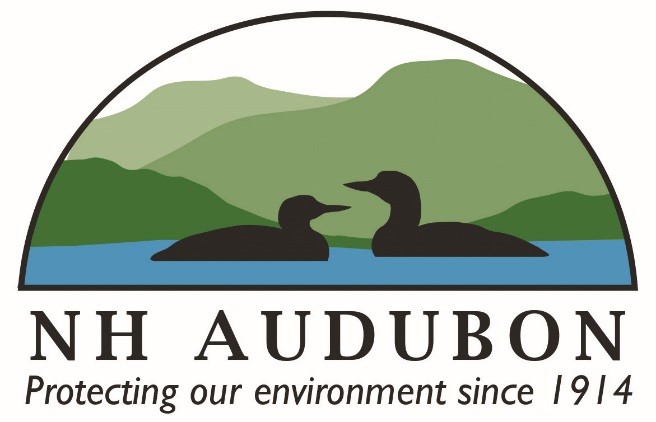CARBON SEQUESTRATION
[ Back to Benefits ]
What is "carbon sequestration"?
In this process, plants take carbon dioxide out of the atmosphere as fuel for photosynthesis. The carbon is held, often underground in the root system, for a period of time. As the plant matter decomposes, carbon is re-released into the atmosphere. The act of sequestering carbon is therefore fluid and is marked by a constant cycle of capture and release. In most systems, the goal is for plants to capture more carbon than they are releasing.
Well-managed hay and grazing lands are an excellent venue for carbon sequestration due to their dense vegetation. As lush as the forage is, the biomass (amount of plant material) beneath the ground is often much larger than the biomass visible above the ground. The ability of these lands to sequester carbon can double when they are regularly grazed as opposed to being allowed to grow without management.
By participating in The Bobolink Project, community members help sustain existing hay fields and pastures and, by extension, support their natural process of carbon sequestration.
Additional Resources:
http://www.wamis.org/agm/meetings/wocald06/S4-Franzleubbers.pdf






